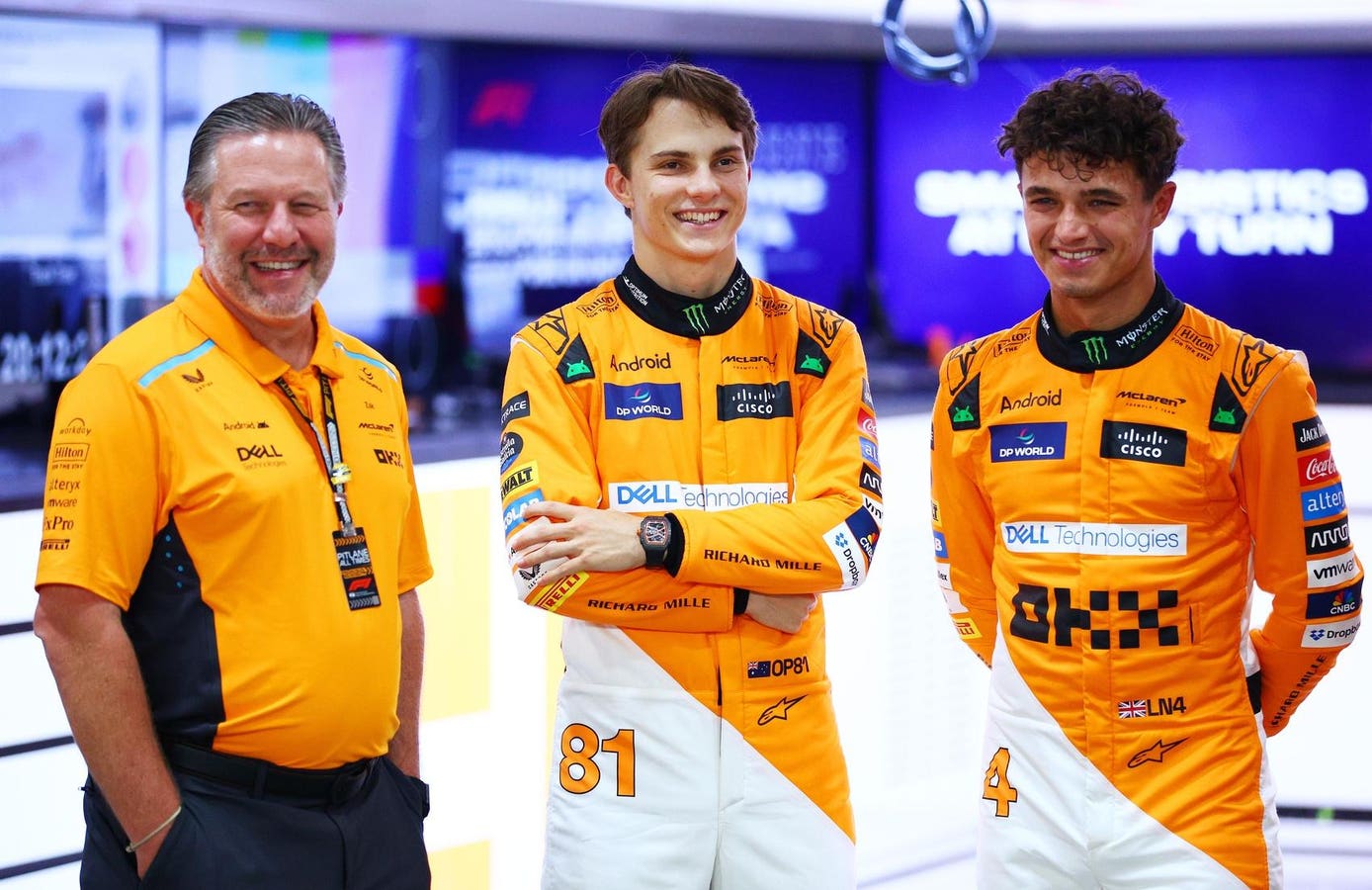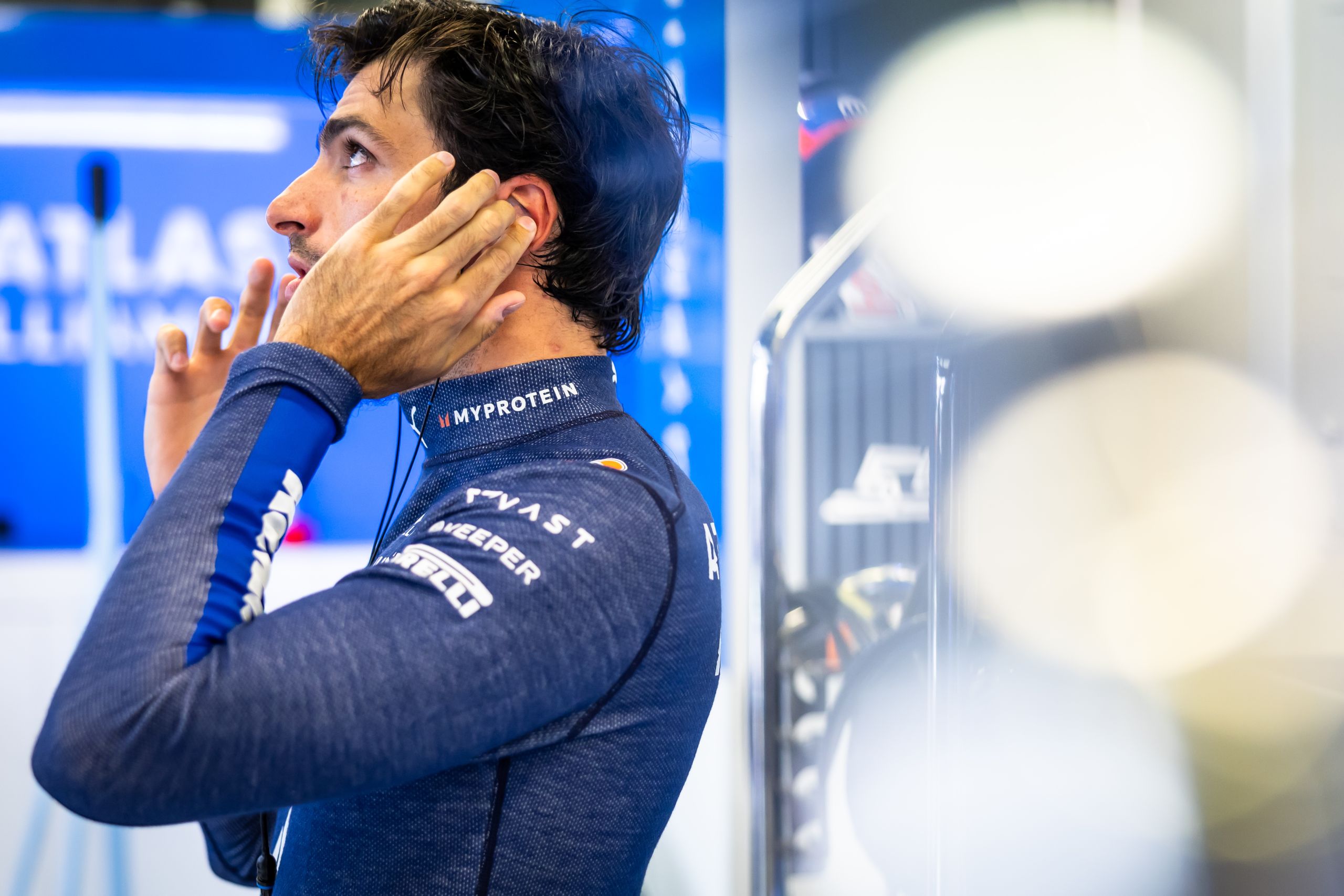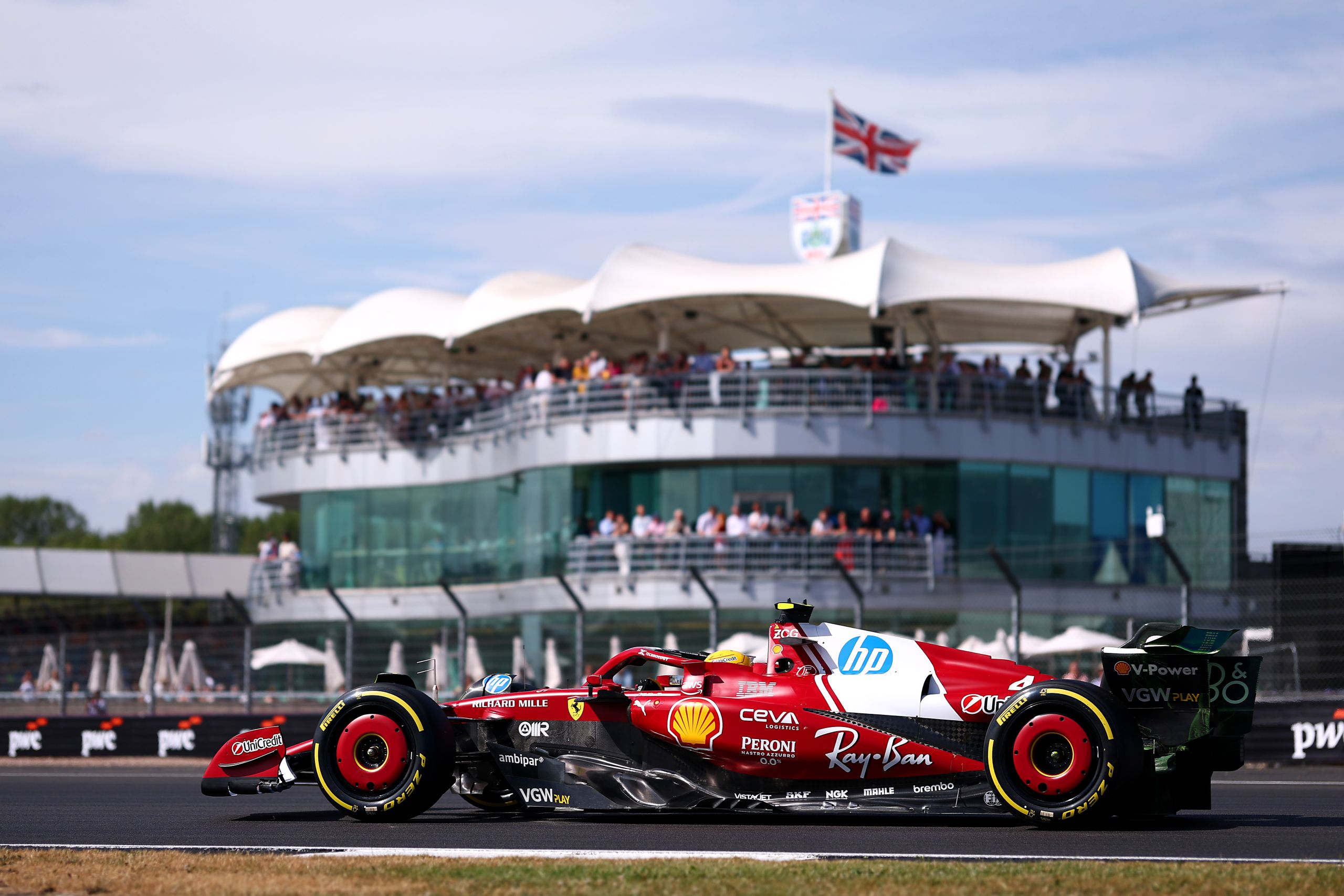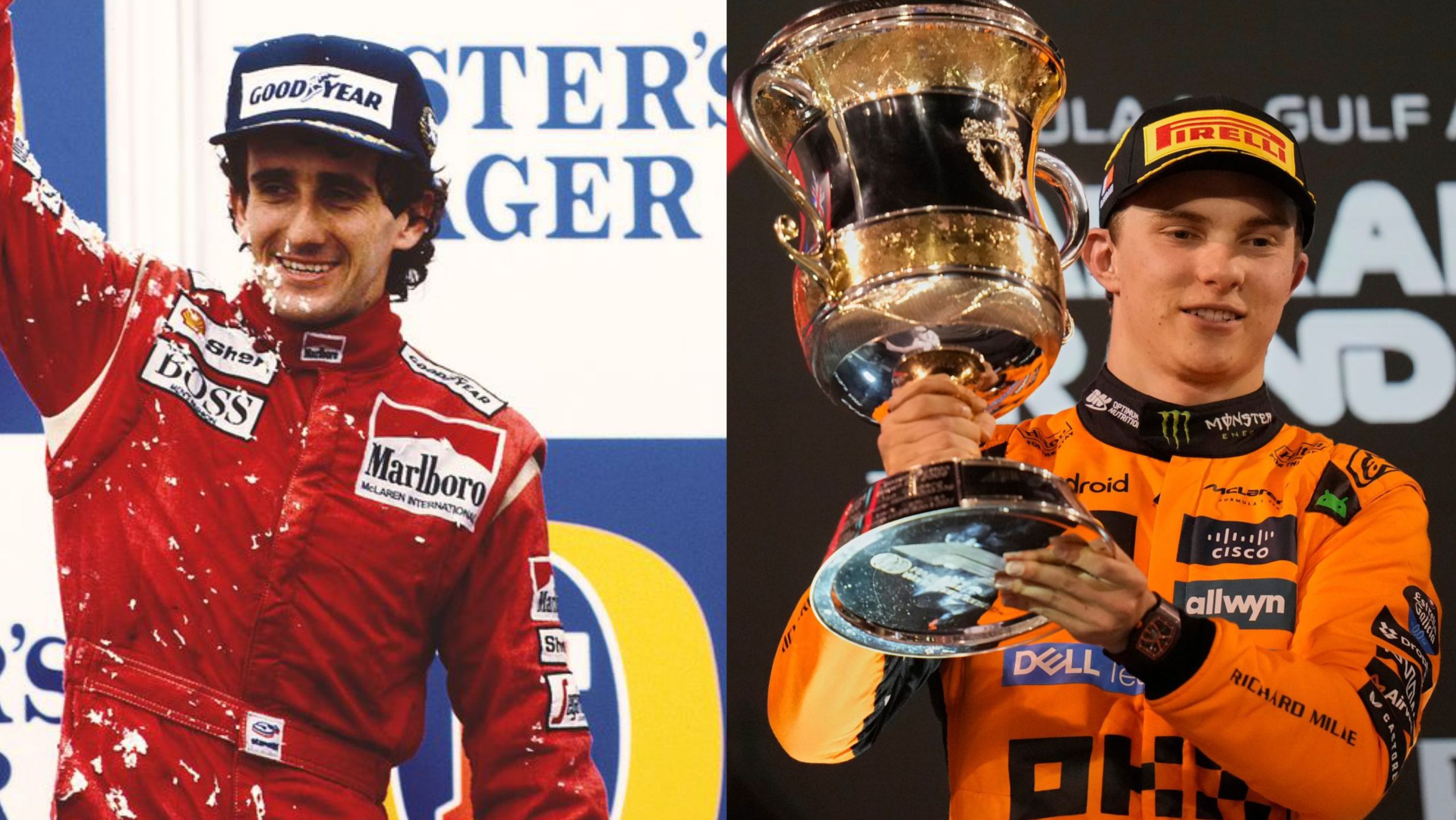How is the DRS detection zone determined in Formula 1?
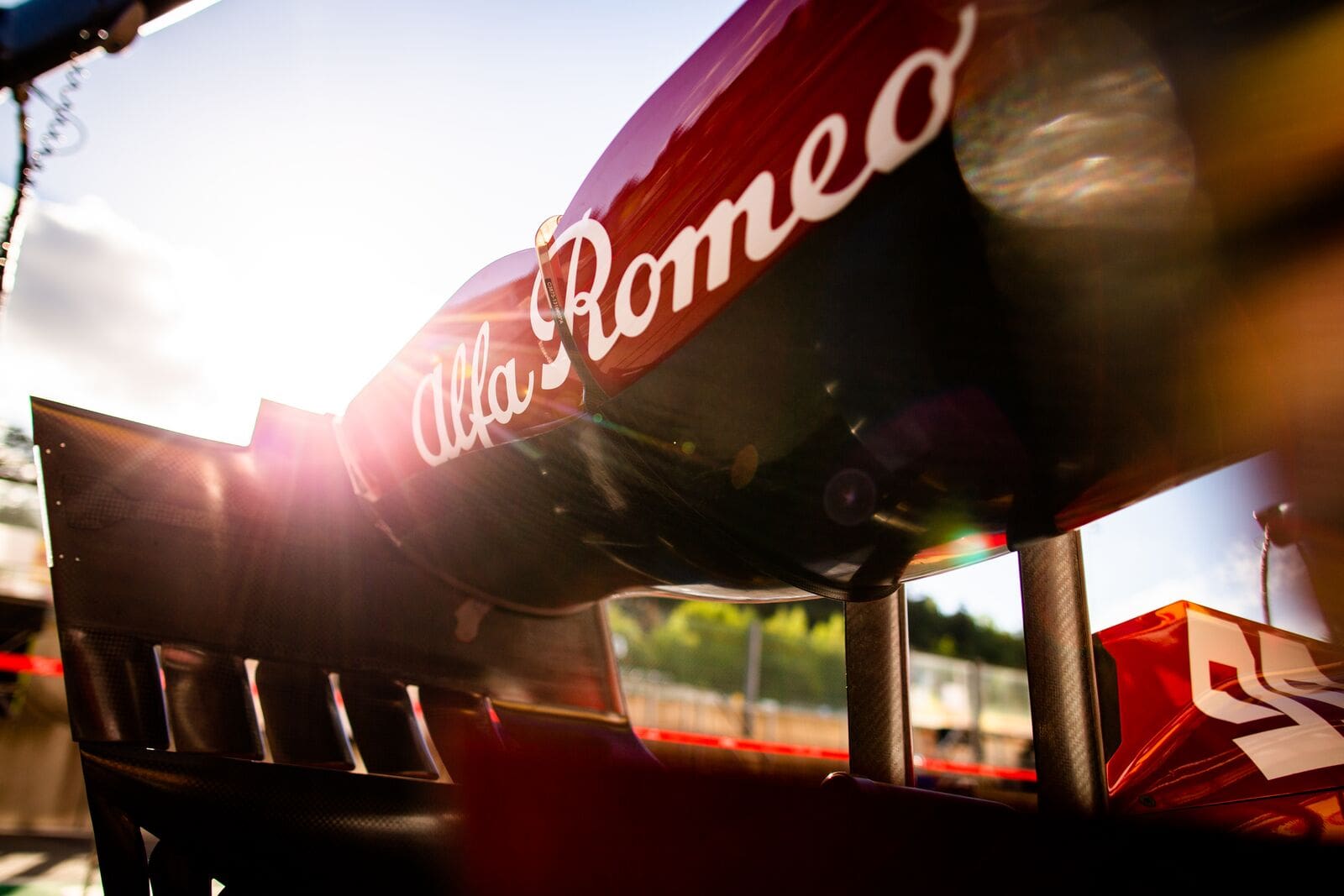
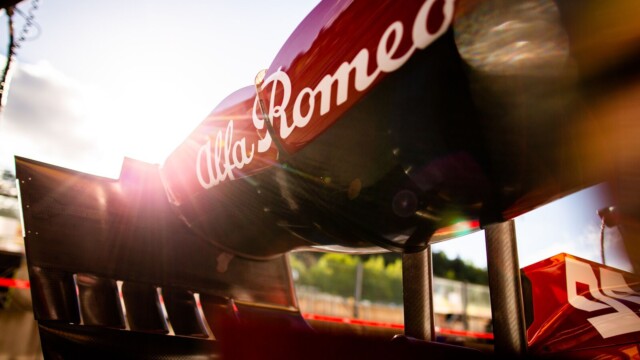
The Drag Reduction System (DRS) is a device that is used in Formula 1 racing to decrease drag and increase top speed on straights. The system works by allowing the driver to adjust the angle of the rear wing on their car, which affects the aerodynamics of the vehicle and allows it to travel faster on straights. However, for the DRS system to be activated, the driver must first enter the DRS detection zone. This zone is a designated section of the track where the driver can use the DRS to try to overtake the car in front. But how is the DRS detection zone determined in Formula 1?
DRS detection zone is determined by the FIA
The FIA, the governing body of Formula 1, is responsible for determining the location of the DRS detection zone for each race. The FIA uses a variety of factors to determine the location of the DRS detection zone, including the layout of the track, the characteristics of the track, and the expected racing conditions.
Factors that determine the location of the DRS detection zone
The layout of the track is a major factor in determining the location of the DRS detection zone. On tracks with long straights, the DRS detection zone is typically located at the start of the straight, allowing drivers to use the DRS for the entire straight. On tracks with shorter straights, the DRS detection zone is typically located closer to the end of the straight, allowing drivers to use the DRS for a shorter distance.
The characteristics of the track also play a role in determining the location of the DRS detection zone. For example, on tracks with tight corners, the DRS detection zone is typically located on a straightaway before the corner, allowing drivers to use the DRS to gain an advantage before entering the corner. On tracks with high-speed corners, the DRS detection zone is typically located on a straightaway after the corner, allowing drivers to use the DRS to gain an advantage after exiting the corner.
The expected racing conditions also play a role in determining the location of the DRS detection zone. For example, on tracks with high ambient temperatures, the DRS detection zone is typically located on a straightaway that is exposed to the sun, allowing drivers to use the DRS to gain an advantage in the warmer conditions. On tracks with known wind patterns, the DRS detection zone may be placed in areas where the wind can give an extra boost of speed.
Additionally, the FIA also take into account the previous years’ data and feedback from teams and drivers to determine the most suitable location for the DRS detection zone. The FIA also considers the potential of the DRS zone to create overtaking opportunities and how it will affect the overall racing spectacle.
The DRS detection zone is marked on the track
The location of the DRS detection zone is marked on the track with a white line and an electronic sign displaying the DRS activation zone. Drivers must stay behind the line until they reach the DRS activation zone and then they can activate their DRS to gain an advantage on the straight.
In conclusion, the DRS detection zone is a designated section of the track where the driver can use the DRS to try to overtake the car in front. The FIA, the governing body of Formula 1, is responsible for determining the location of the DRS detection zone for each race, taking into account factors such as the layout of the track, the characteristics of the track, the expected racing conditions and feedback from teams and drivers. The location of the DRS detection zone is marked on the track with a white line and an electronic sign, drivers must stay behind the line until they reach the DRS activation zone and then they can activate their DRS to gain an advantage on the straight.

